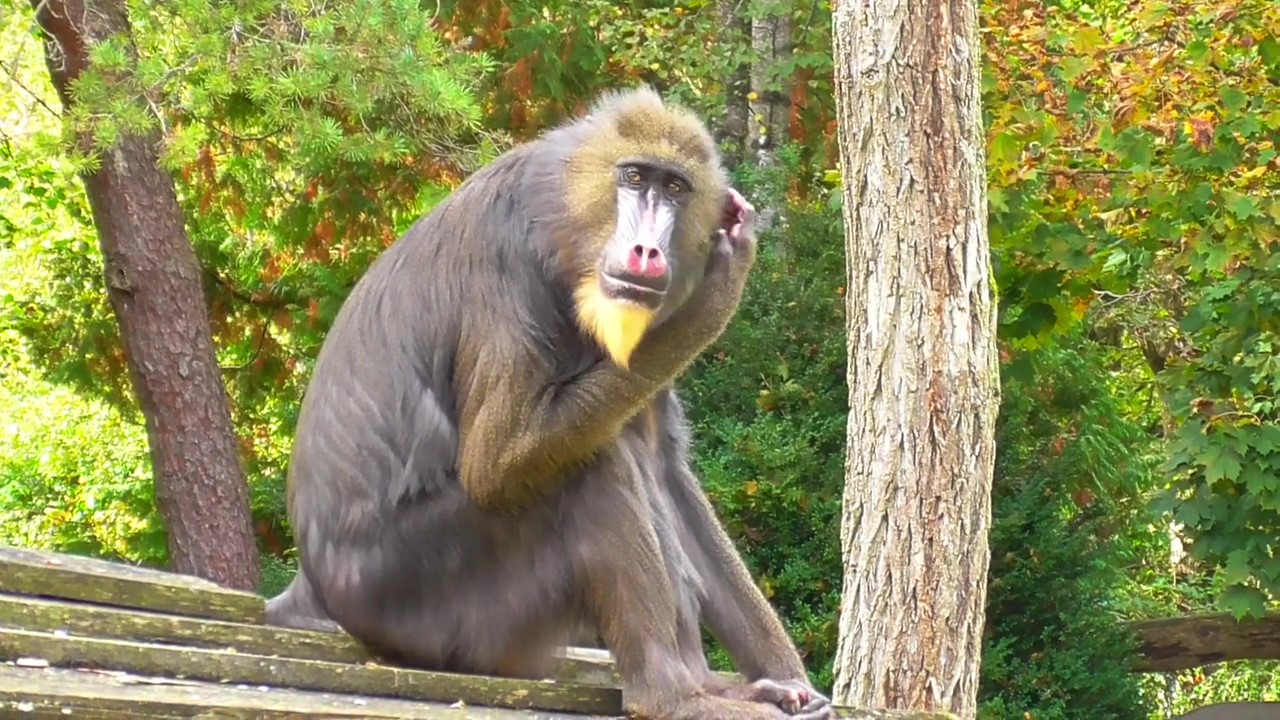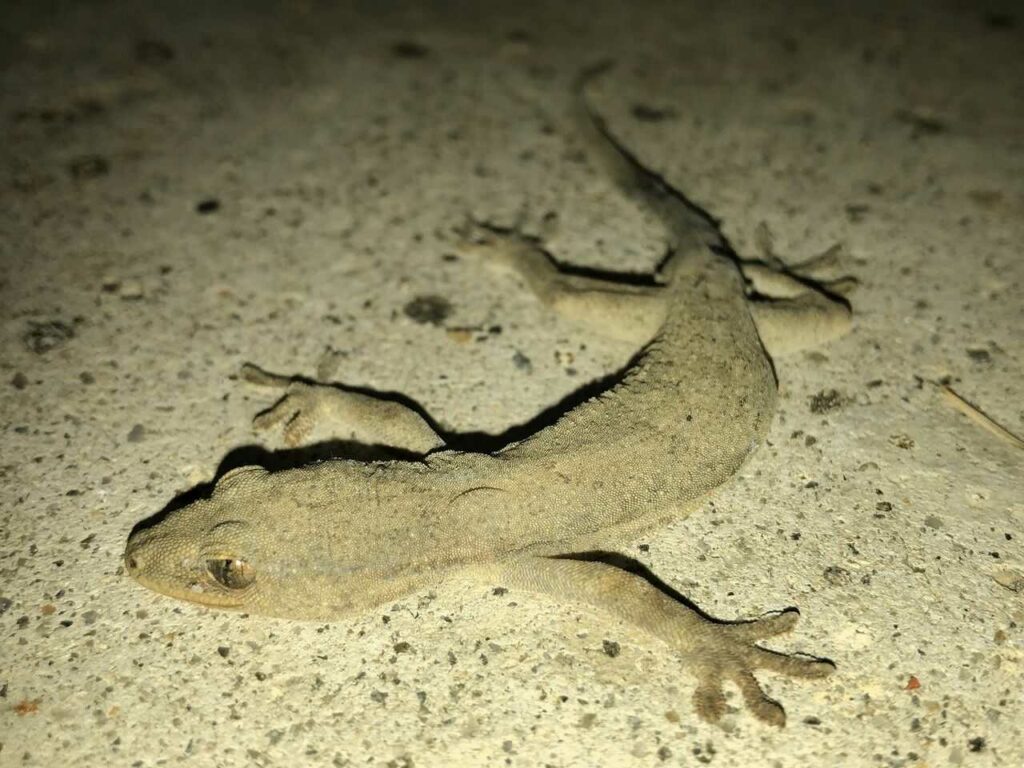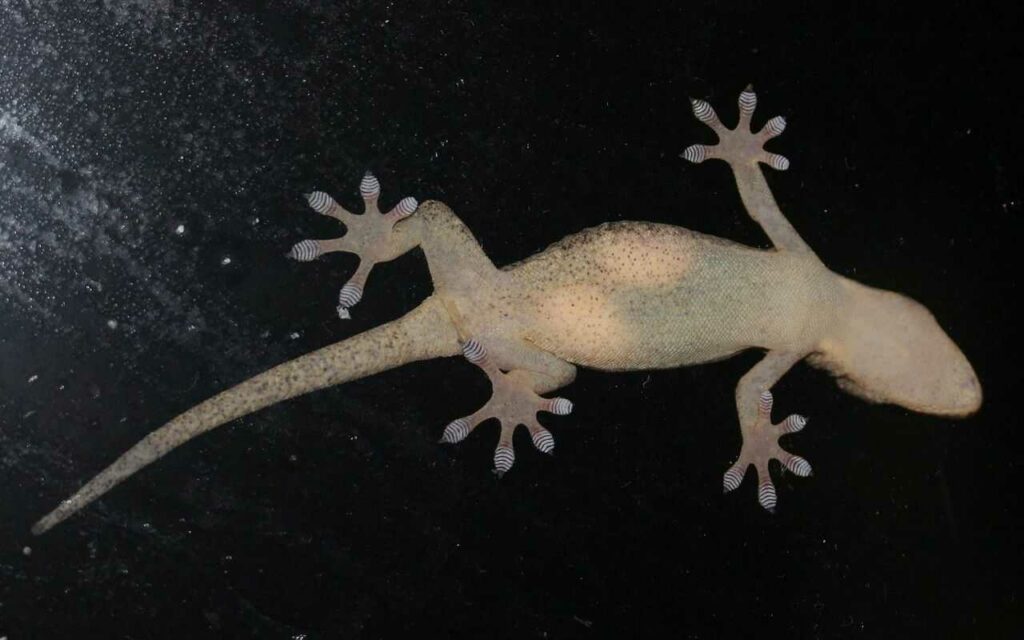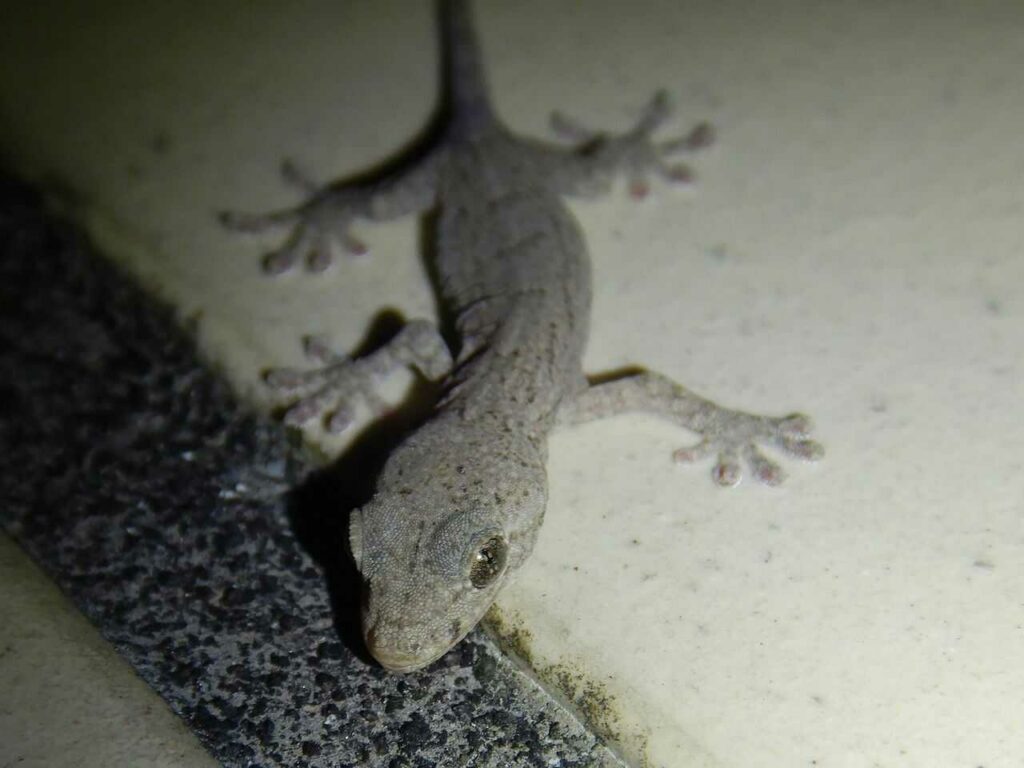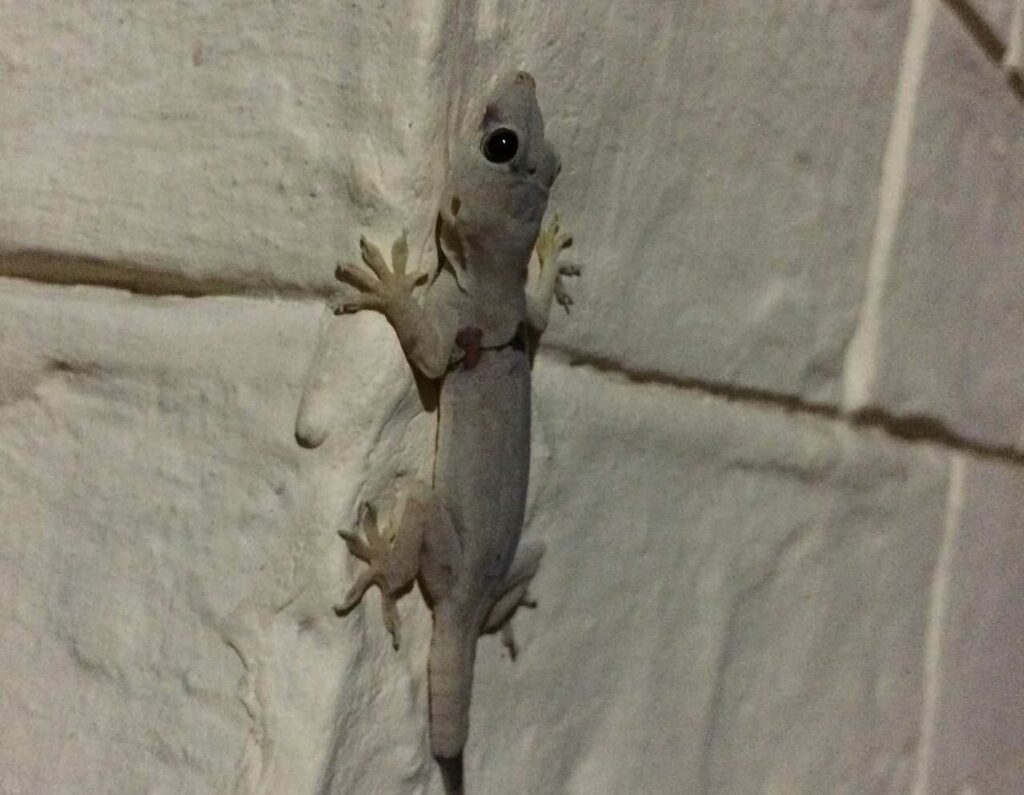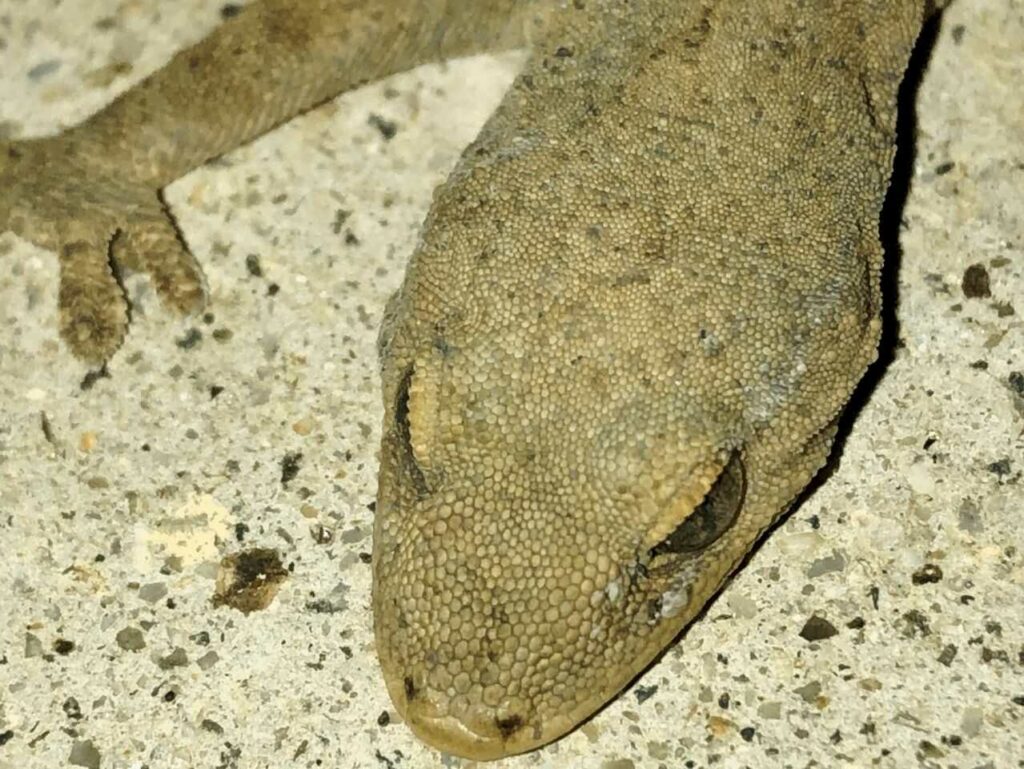
Gecko
Gecko
Gecko
When it comes to the most familiar reptiles in Japan, geckos come to mind. They have been living in Japan for a long time, and many people may have been surprised by their appearance sticking to the outside of windows. Many people have a dislike for reptiles, but it is also true that they are popular for their cute eyes and small bodies. However, most people do not know much about the ecology of geckos, even though they are close to us. Let’s take a look at their ecology and some common questions.
Gecko Basic Infomation

Reptilia Squamata Gekkonidae Gecko genus.
Length : 10-14cm.
Weight : 2.3-4.0g.
When we say geckos in Japan, we usually mean ‘Schlegel's Japanese gecko’. However, despite their name, they are considered to be an alien species and not a native species of Japan. It is unclear when they settled in Japan, but it is thought to be after the Heian period.
They still live in eastern China and the Korean Peninsula outside of Japan.
Their body color is mostly dull colors like gray or brown. In addition, they have blurry and dark spots. It is hard to tell from their appearance, but they are covered with fine scales and do not feel rough when touched.
They can change their body color according to the environment, but not as much as chameleons. They can only change the shade, but it may be useful when hiding from predators.
They mainly live in houses and surrounding areas, and are less common in the suburbs and more common in urban areas. You may be surprised, but they do not live much in places where nature is lush like primeval forests. Many people may have seen them sticking to the outside of windows.
Also, geckos are nocturnal and you do not see them much during the day. In winter, they hibernate and hide in gaps in walls or under the eaves, and you will not see them at all.
Gecko Q&A

What is the origin of the gecko's name?
In English, they are called ‘Gecko’, but in Japanese they are actually called ‘Yamori’. This time, we will introduce why they are called Yamori in Japanese and the origin of the name. Yamori can be written in kanji as ‘家守’ or ‘守宮’. Both spellings have the kanji ‘守’ as the key point.
‘家守’ is easy to imagine, and it was named after the fact that it preys on pests in the house and protects the house.
On the other hand, there are two theories for ‘守宮’.
One is that it was named after the fact that it preys on pests in the palace, just like ‘家守’.
The other is derived from a Chinese legend. When a gecko was fed a sand called cinnabar, it turned bright red, and when the gecko was crushed and applied to a woman’s body, it could not be removed. However, it disappears when a woman and a man have a physical relationship. The emperor used it to monopolize the court ladies who served in the harem. Therefore, it became ‘守宮’ meaning to protect the harem.
There is Chinese herbal medicine in China, and both theories seem possible.

What do geckos eat?
Geckos are carnivorous and mainly prey on arthropods such as insects and spiders. They basically eat living bugs and are not interested in dead ones.
Also, if you keep them as pets, you need live food. You need to give them crickets and such, and it can be quite difficult if you are not good with bugs.

Why do geckos live there?
Geckos generally do not live in places full of nature, but in urban areas where humans live. This is because they can easily prey on food in places where humans live.
Most of the bugs that are geckos’ food swarm around street lights and such, so it is the best feeding ground for geckos. Many people have a sense of disgust for swarming bugs, so in a way, it can be said to be a WIN-WIN relationship.

Why do geckos stick to the wall?
The biggest feature of geckos is that they can stick to vertical places such as walls without falling. Many people may have been surprised when they saw it for the first time.
Geckos stick to walls not by suction cups or mucus. An organ called the subdigital lamellae supports the gecko’s body.
The subdigital lamellae have ultra-fine bristles, and when they fit into the bumps and dents of walls and glass, a force called van der Waals force is generated. Van der Waals force is called ‘the weakest chemical bond’, and this ‘weak force’ is the reason why geckos can move freely.

The gecko's "lizard tail cut"?
When you hear ‘tail cutting’, you may think of lizards. It is a characteristic behavior of deliberately cutting off their own tails and using them as decoys to escape from dangers such as predators.
Geckos also do this behavior, which is called autotomy. The autotomized tail moves and jumps around for about 10 minutes, attracting the opponent’s attention.
Like lizards, the tail regenerates, but not completely. Bones cannot regenerate, and the regenerated tail may have a slightly different color or be shorter, so it can be distinguished by appearance.

What is the relationship between geckos and humans?
Geckos are originally timid creatures, so they do not harm humans and run away quickly. They are considered beneficial animals because they do not cause crop damage, and there is also a custom of regarding them as lucky charms.
Even when kept as pets, they do not show themselves easily until they get used to it. Be careful not to stare at them or make loud noises, as it will stress them out.
On the one hand, they are popular enough to be kept as pets, but on the other hand, some people treat them as unpleasant creatures. It may be said that the clear division of popularity is unique to reptiles.

Are geckos weak?
Geckos are very weak creatures, with small size and fragile skeletons. For example, if they bite a human, they may break their jaw bones instead.
If you catch them with strong force, you may injure them, so it is better not to touch them directly, but to drive them away with a stick or something.

Do geckos chirp?
Geckos rarely make sounds, but they do not never make them. When they are surprised, they make a high-pitched ‘peep’ sound, and when they threaten, they make a low-pitched ‘kekeke’ sound.
However, both indicate that they are feeling stressed, so if they make a sound, let’s leave them alone.

Do geckos molt?
Geckos, which are reptiles, shed their skin repeatedly as they grow. When they are children, they shed about once every two weeks, but when they become adults, it is irregular. The frequency of once every two weeks may seem high, but since they are originally small, you do not see the shed skin very often.
Moreover, the shed skin contains a lot of calcium, so it is not uncommon for them to eat it. It may seem a bit horror from a human perspective, but I guess it is necessary for them to survive.

What is the difference between a gecko and a newt?
In English, they are called ‘Gecko’ and ‘Newt’, but in fact, in Japanese, Yamori is ‘Yamori’ and Imori is ‘Imori’. Yamori and Imori are often confused because their names are similar. The most different point is the classification, Yamori is a reptile, while Imori is an amphibian. Therefore, Imori’s habitat is near water. It is similar to frogs.
As a difference in appearance, the number of fingers can be mentioned. Yamori’s front and back feet have five fingers each, but Imori’s front feet have only four fingers. Also, Imori is called ‘井守 (well-guardian)’, and it is said that it preys on pests and protects rice fields and wells.

Would you like to become a part of the 'Animalbook.jp'?
Turn your knowledge into Q&A and share it with the world. ※Publication will be activated after purchase. Let's share information together!
Gecko Type of List

※It is a type of gecko genus that the Schlegel's Japanese gecko belongs to.
- Gekko athymus.
- Gekko auriverrucosus.
- Gekko badenii.
- Gekko chinensis.
- Tokay Gecko. Gekko gecko azhari.
- Gekko gecko gecko.
- Gekko gigante.
- Marbled Gecko.
- Hokou gecko.
- Schlegel's Japanese gecko.
- Gekko kikuchii.
- Gekko mindorensis.
- Gekko monarchus.
- Gekko nutaphandi.
- Gekko palawanensis.
- Gekko palmatus.
- Gekko petricolus.
- Gekko porosus.
- Gekko romblon.
- Gekko scabridus.
- Gekko siamensis.
- Gekko similignum.
- Smith's Green-eyed Gecko.
- Gekko subpalmatus.
- Gekko swinhonis.
- Gekko taibaiensis.
- Tawa gecko.
- Gekko taylori.
- Golden Gecko.
- Gekko verreauxi.
- Lined Gecko.
- Gekko wenxianensis.
- Yakushima gecko.
Information
Congratulations! You are the first commenter!

Would you like to leave a comment?
※Please note: This is for the purchase of rights to post comments within the article.

Find Your Favorites!
Our shop offers a unique and attractive selection of goods themed around various animals.
Gecko References
Gecko Introduction of media used
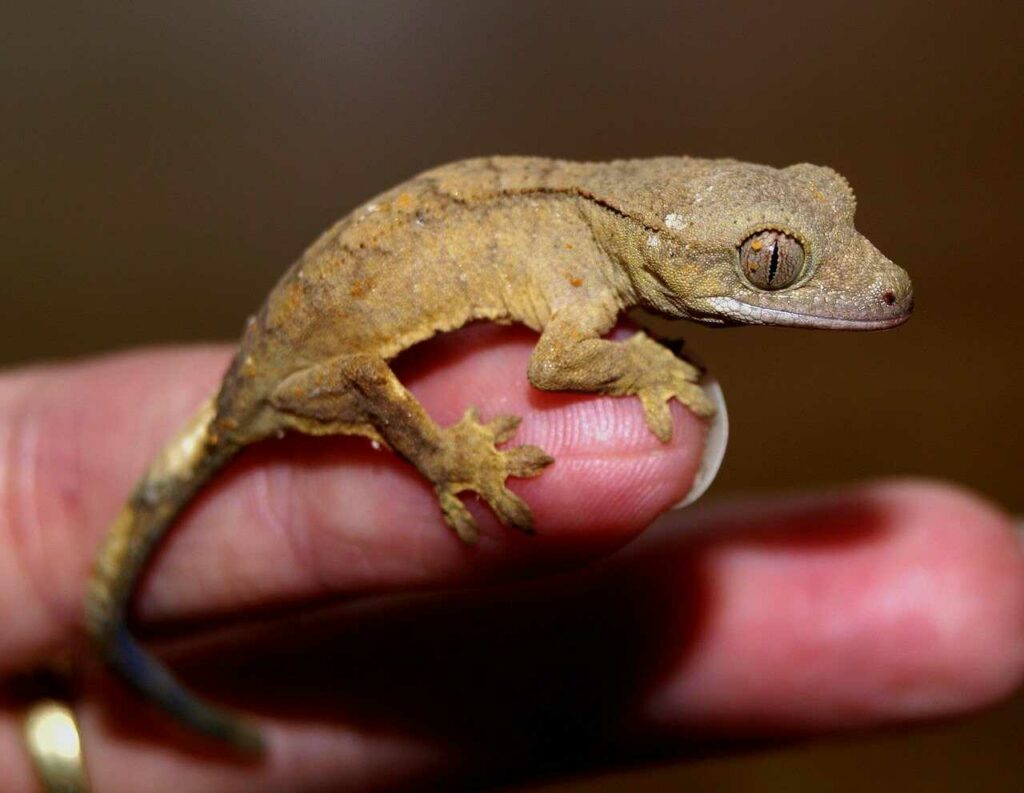
出典:https://pixabay.com/images/id-1302347/
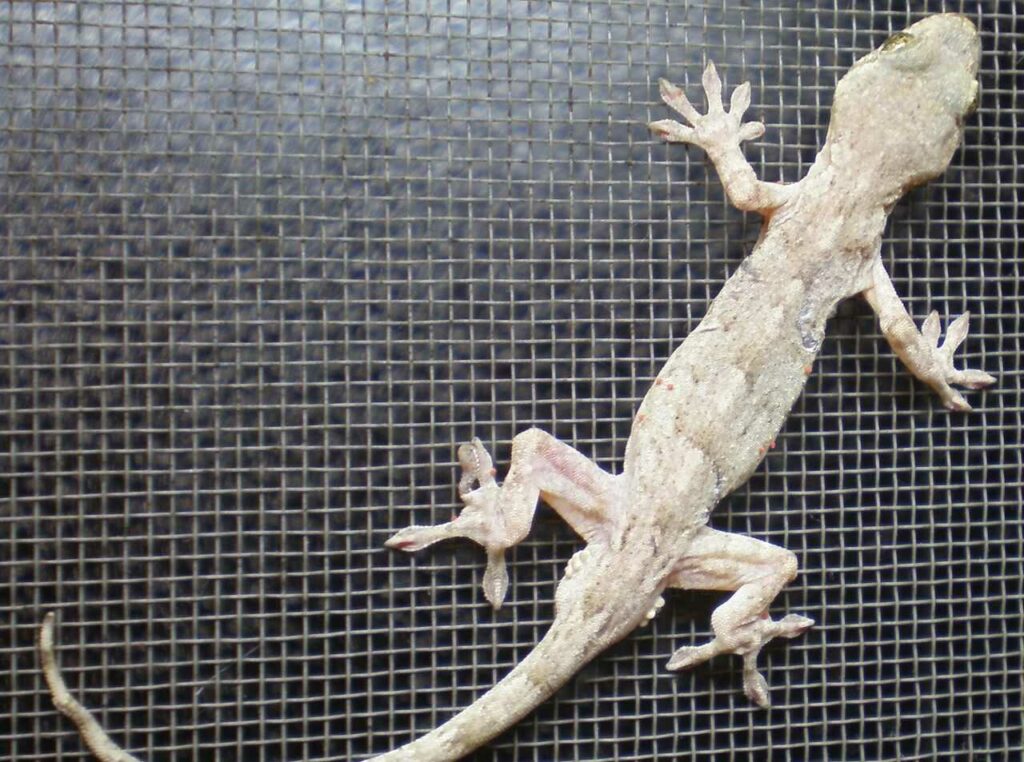
出典:https://commons.wikimedia.org/wiki/File:Gekko_japonicus.JPG
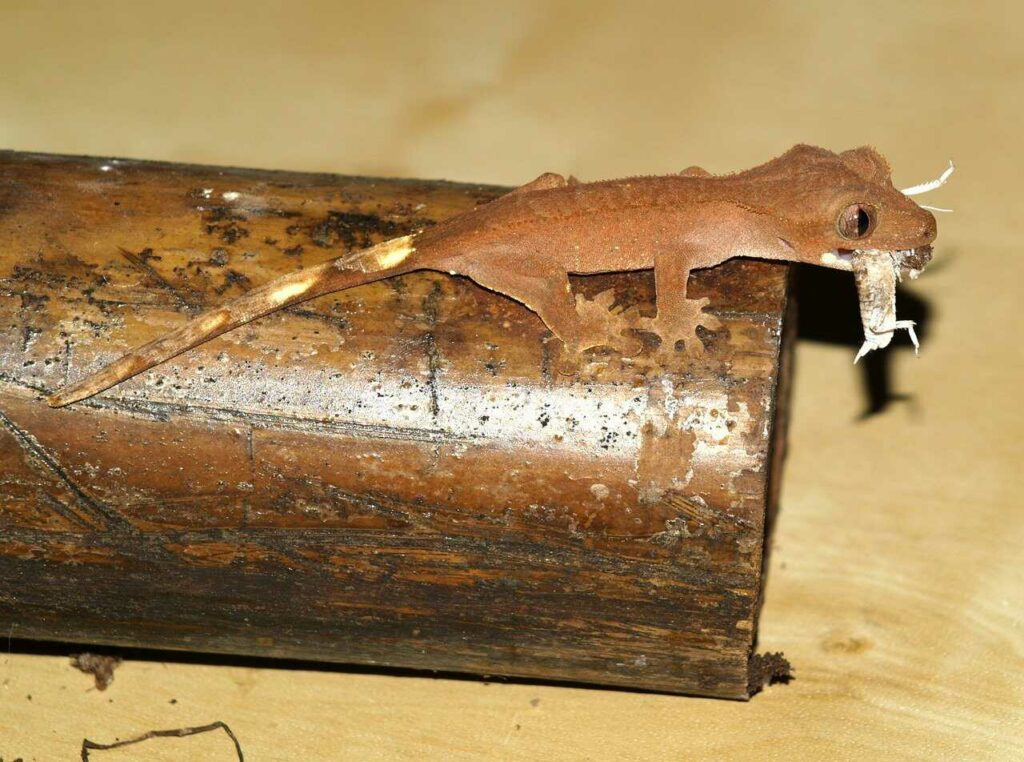
出典:https://pixabay.com/images/id-1302345/

出典:https://pixabay.com/images/id-2656812/

出典:https://commons.wikimedia.org/wiki/File:Gekko_japonicus_front.JPG
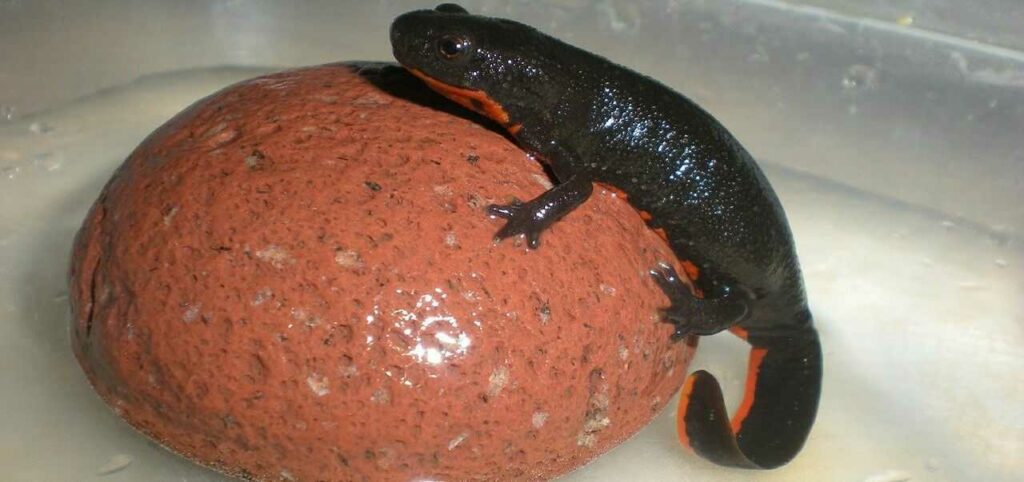
similar
出典:https://pixabay.com/images/id-607595/

Help Enrich Our Animalbook.jp with Your Media!
We are constantly looking to expand and enrich our Animalbook.jp with amazing photos and videos of animals. If you have any media that you'd like to share, please contribute and help us showcase the beauty and diversity of the animal kingdom. Your submissions will be credited and featured in our encyclopedia, reaching a wide audience of animal lovers.



